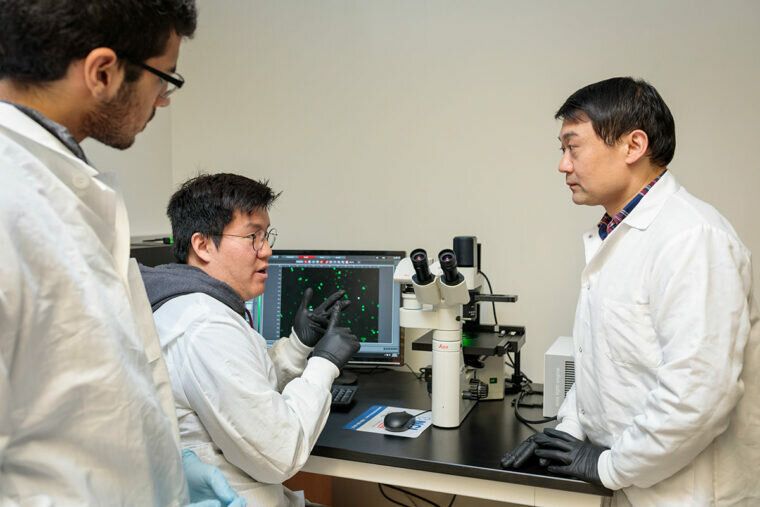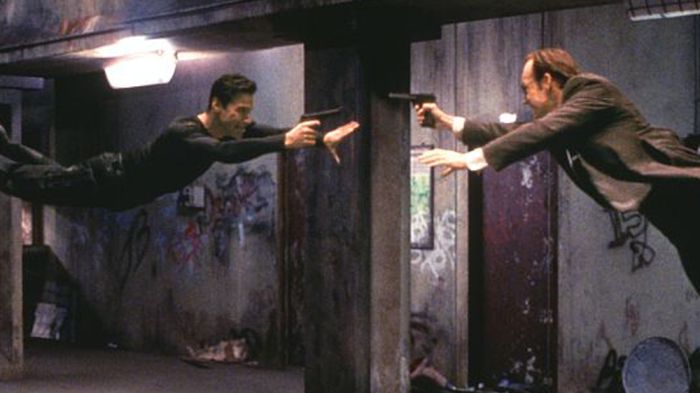Apr 1, 2019
‘Jumping genes’ drive many cancers
Posted by Xavier Rosseel in categories: biotech/medical, genetics
Wang and his colleagues found that many cancers that get switched into overdrive and boost tumor growth have jumping genes that function as a kind of stealthy “on switch.” These cryptic switches can force a gene to be turned on all the time, even though it should be off.
Mistakes in DNA are known to drive cancer growth. But a new study, from Washington University School of Medicine in St. Louis, heavily implicates a genetic phenomenon commonly known as “jumping genes” in the growth of tumors.
The study is published March 29 in the journal Nature Genetics.


















